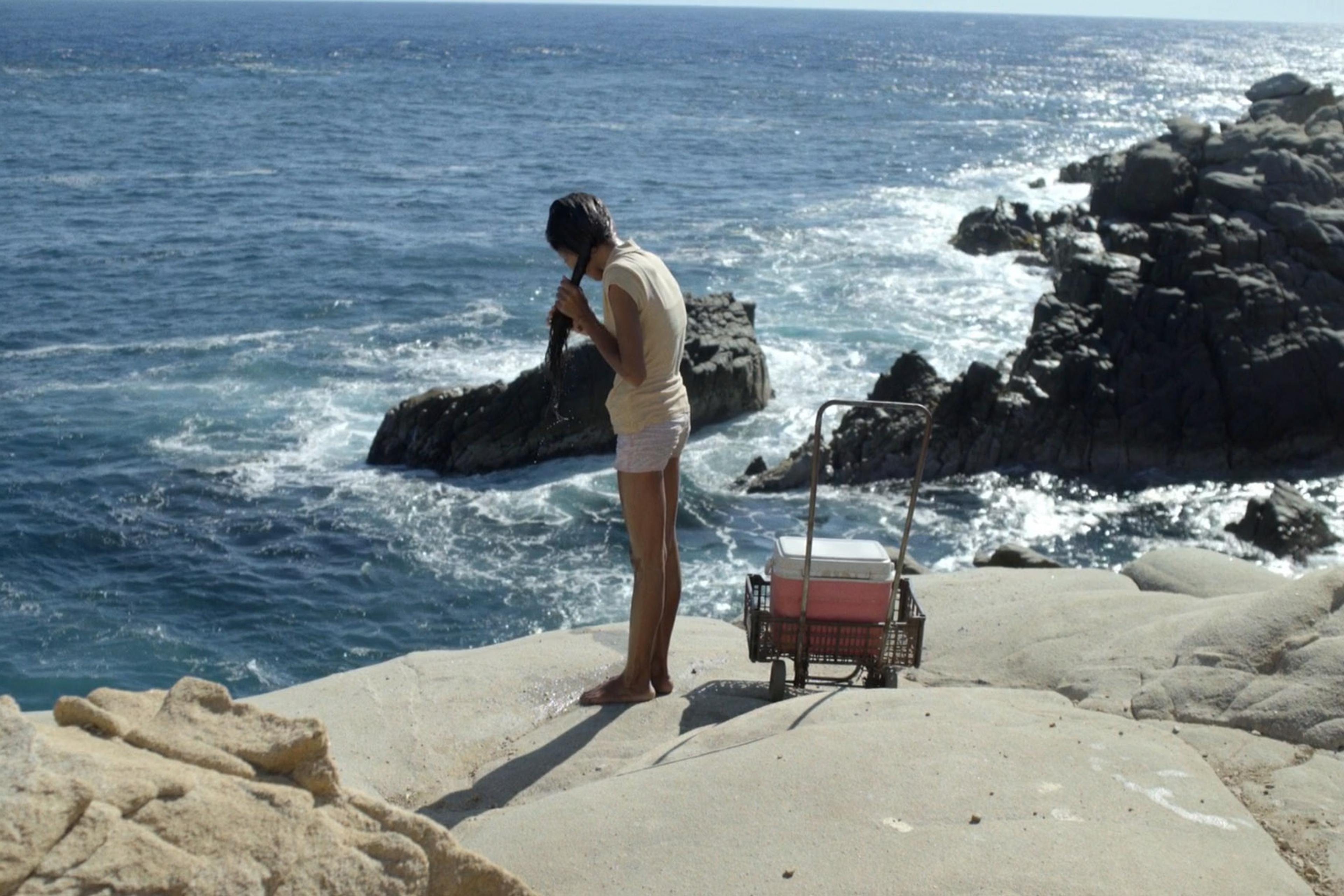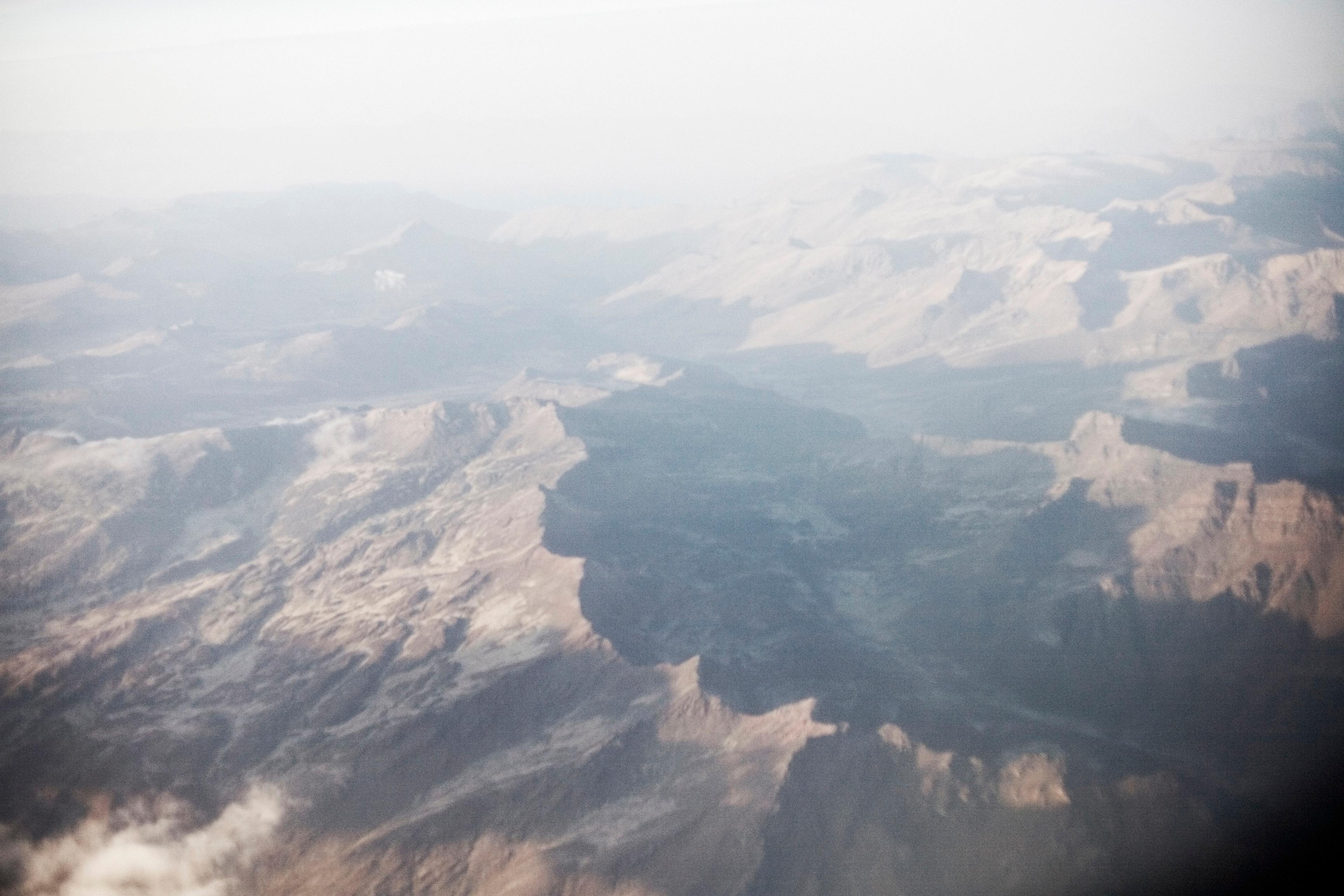A vast majority of Guatemalans are Christian, with Catholicism in the region rooted in 16th-century Spanish conquest. However, echoes of the Mayan culture that thrived in pre-Hispanic times still resonate in the country’s largely Indigenous highlands, where ancient rituals are incorporated into Christian ceremonies. The Dance of the Macaws captures one such highlands town, Santa Cruz Verapaz, where Mayan priests, elders and practitioners keep the flame of the region’s traditional religious beliefs burning.
Directed by the Guatemalan photographer and filmmaker Ricky Lopez Bruni, the short documentary chronicles the interwoven rituals of dance, worship and celebration that take place in Santa Cruz Verapaz during Catholic Holy Week. In particular, the film focuses on a ceremony with deep Mayan roots known as the Dance of the Macaws. Spanning several days and venues, the ritual is centred on a dance in which locals re-enact an ancient myth once painted on ceramic vessels.
The performance, which is set to traditional instrumentation and spoken in the Poqomchi’ Maya language, tells the tale of a warrior who steals a couple’s daughter while they’re away from home. Only with the help of macaws sent by the gods of the hills and valleys is the couple able to kill the warrior and rescue her. With its flamboyant costumes and dramatic plot, the spectacle carries something of an operatic quality. The whole of the ceremony is overseen by an elder and ‘keeper of the dance’ tasked with passing the ritual down to be performed by and preserved for future generations.
Produced in association with an exhibition at the Metropolitan Museum of Art titled ‘Lives of the Gods: Divinity in Maya Art’, the film is a vivid window into ancient Mayan values and beliefs. But, in chronicling this little-seen ritual, Lopez Bruni offers more than just a glimpse into the region’s deep past. As the film illustrates, these Indigenous animistic and pantheistic traditions not only continue, but do so side by side with Christian monotheism. The effect is a fascinating exploration of the nature of religious belief, and how traditions coalesce, mutate, merge, and persist across centuries.
Written by Adam D’Arpino







